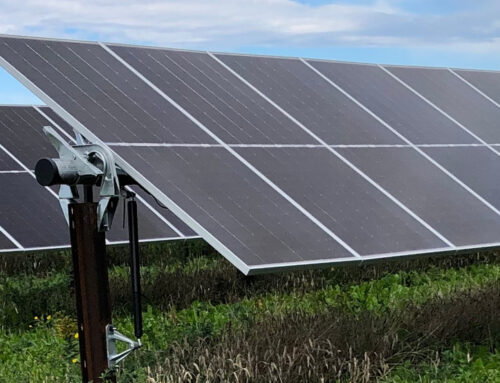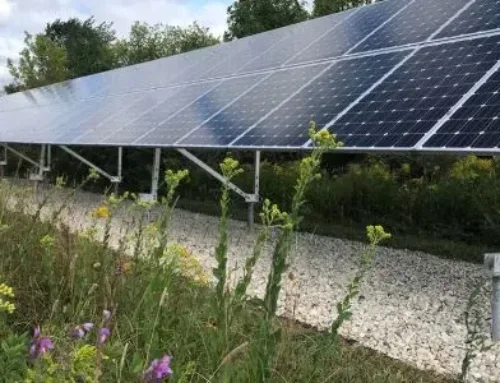Fossil Fuel Dominance In India’s Power Mix To End By 2030, Says Central Bank
September 30, 2024

India’s burgeoning economy continues to be overwhelmingly powered by fossil fuels including coal, but that dominance will be consigned to the history books by end of this decade, according to the country’s central bank.
In its latest report published earlier this week, the Reserve Bank of India (RBI) noted: “The era of fossil fuels’ dominance is coming to an end with renewables expected to cross 50% share of electricity generation globally by the end of this decade.”
It added that record capital investment and accelerated deployment of clean technology was driving this change both in India as well as globally. However, the central bank observed that much more needs to be done as a tripling of renewable energy capacity by 2030 remains essential to meeting net zero emissions targets by mid-century.
“On the energy supply side, for every $1 that goes to fossil fuels, an average of $3 needs to be invested in low carbon energy over the remainder of the decade,” the report noted.
It also highlighted that a fully decarbonized global energy system by 2050 will come at an estimated cost of $215 trillion. At the present moment, both traditional and renewable energy segments are broadly receiving equal levels of fresh investment, and a tripling of investment in favor of the latter appears to be challenging.
However, doing so with urgency would offer a pathway to meaningfully address “hard-to-abate” sectors of the global economy like steelmaking and aviation, where low carbon alternatives are still in their nascent stages, the Reserve Bank of India report observed.
Fossil fuel dominance in India’s power mix will end by 2030, according to the Reserve Bank of India. … [+]
Hindustan Times via Getty Images
Policymakers are not underestimating the challenge India faces. It currently needs crude oil to power its 7%-plus annual GDP growth and imports a huge 88% of its national requirements. It also has nearly 300 coal-fired power plants in operation.
But on its road to achieving net zero emissions by 2070, Prime Minister Narendra Modi’s government has set an initial target of reaching 500GW of renewable capacity by 2030, versus a recorded capacity of 135GW at the end of 2023.
India is furthering this green transition through what it calls “financial inclusion” via instruments ranging from green debt and equity issuance in domestic capital markets to external commercial borrowings and foreign direct investment.
The central bank’s observations on India and the global energy mix follow a speech by its Deputy Governor Michael Patra in which he noted the mammoth financing levels required by the world’s fifth-largest economy to discover its green horizon and how it intends to get there.
“Over the period 2024-30, it is estimated that India will need $0.4 trillion in green investments. Going forward, the private sector will move into centerstage for infrastructure spending, especially in energy and transportation,” Patra told the Confederation of Indian Industry’s Financing 3.0 Summit earlier this month.
The Deputy Governor also estimated the costs of India achieving its goal of becoming independent of fossil fuel imports by 2047, and hitting net zero by 2070 at $10.1 trillion.
“With 100% foreign direct investment permitted [in India] under the automatic route for the renewable energy sector and relaxed norms for external commercial borrowings for companies raising funds for green projects under the automatic route, the flow of climate finance, both domestic and international, is expected to increase, once a green taxonomy is developed and aligned with global standards.”
Search
RECENT PRESS RELEASES
Related Post


